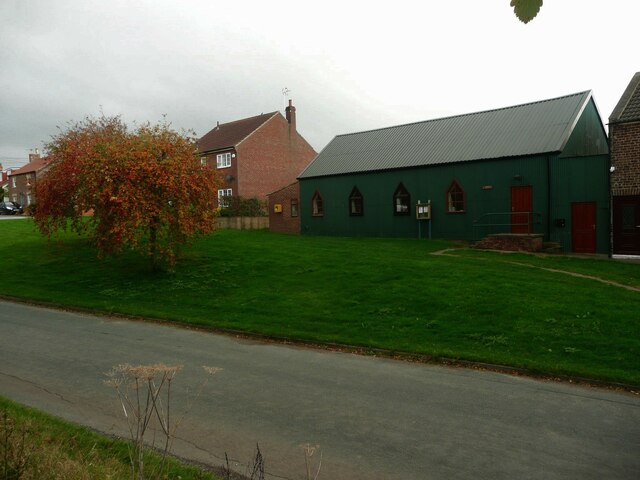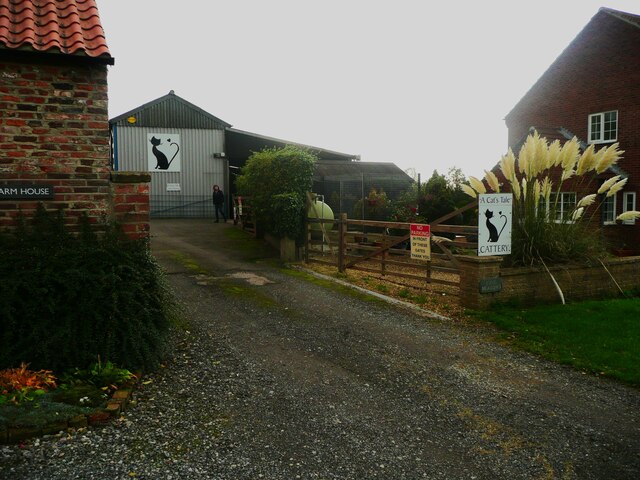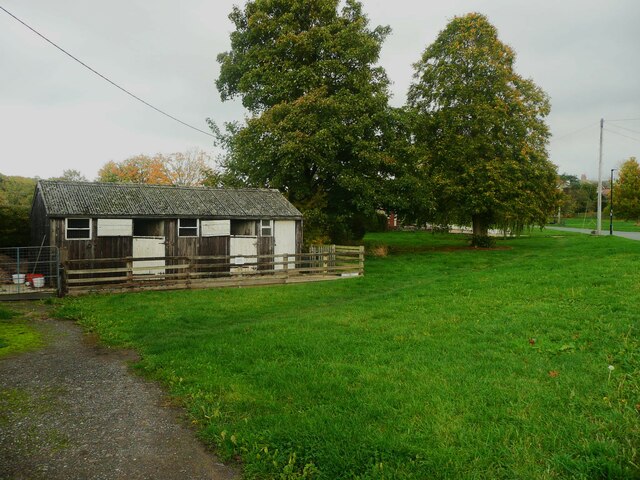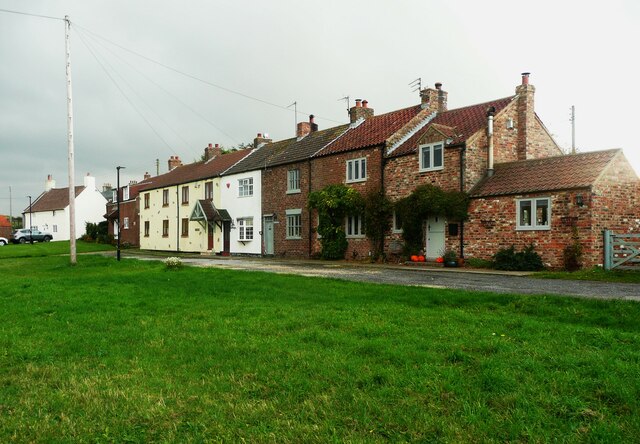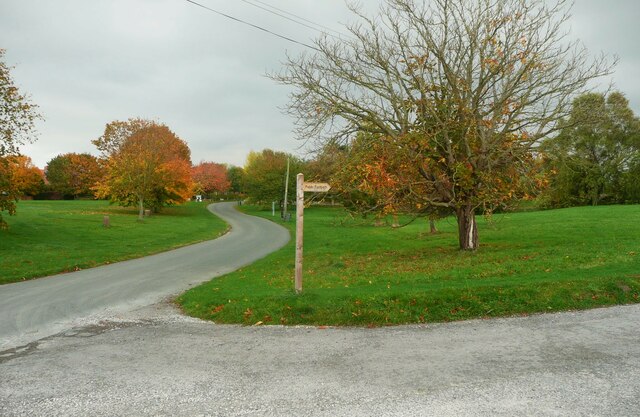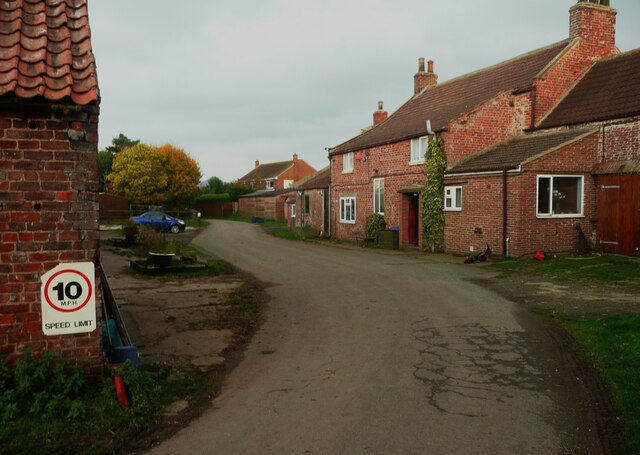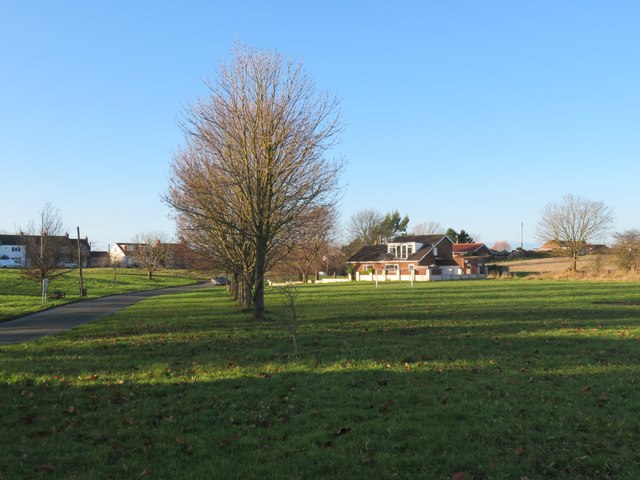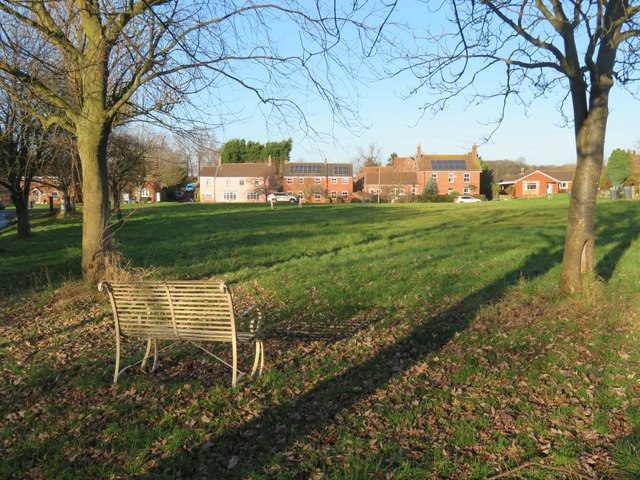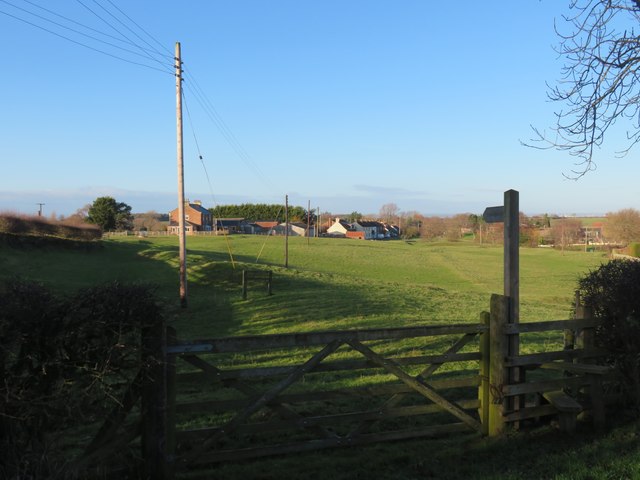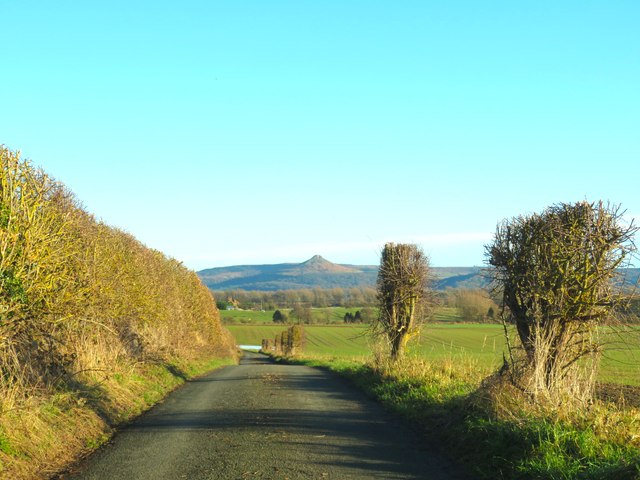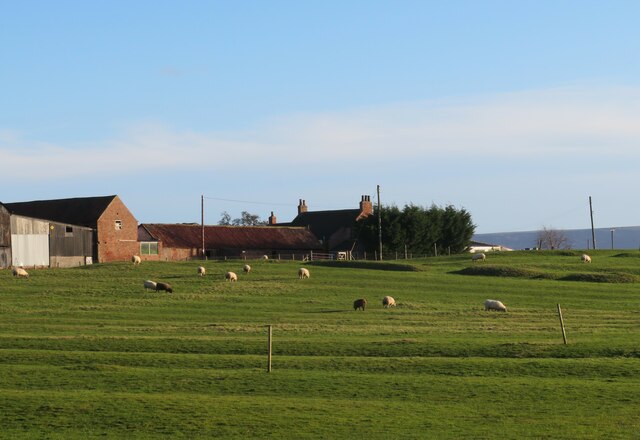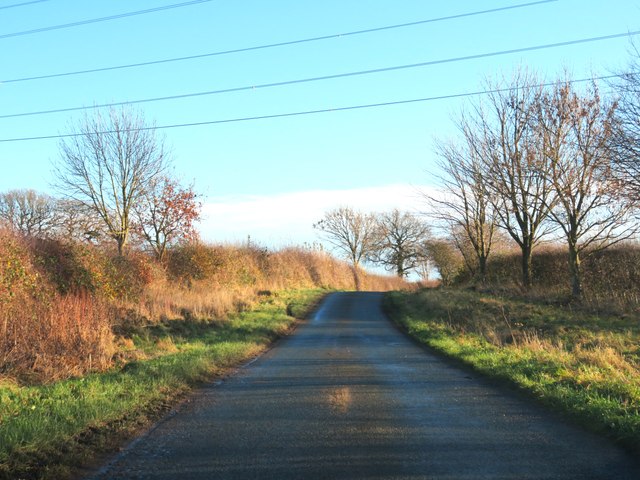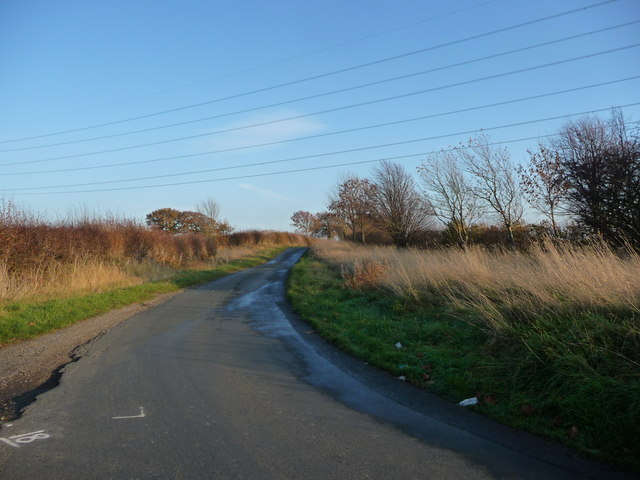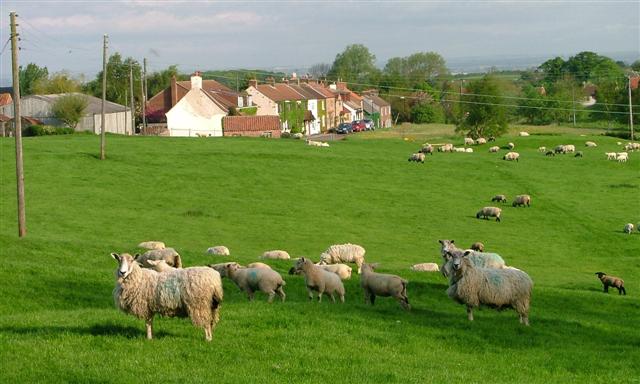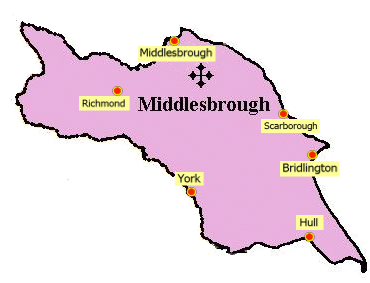Bromley Hill
Hill, Mountain in Yorkshire Hambleton
England
Bromley Hill

Bromley Hill is a picturesque hill located in the county of Yorkshire, England. Situated in the northern part of the region, it forms part of the stunning Yorkshire Dales National Park, renowned for its breathtaking landscapes and natural beauty. Standing at an elevation of approximately 560 meters (1,837 feet), Bromley Hill offers visitors panoramic views of the surrounding countryside and is a popular destination for hikers and nature enthusiasts.
The hill is characterized by its distinctive shape, with a gentle slope leading up to a rounded summit. Its terrain is predominantly covered in lush green grass, dotted with patches of colorful wildflowers during the warmer months. The hillside is also adorned with scattered trees, providing shade and adding to the charm of the area.
Bromley Hill is home to a diverse range of flora and fauna, including various species of birds, mammals, and insects. Its rich biodiversity has earned it recognition as a designated Site of Special Scientific Interest (SSSI), ensuring its protection and preservation for future generations to enjoy.
For outdoor enthusiasts, Bromley Hill offers an array of recreational activities, such as hiking, birdwatching, and photography. There are several well-marked trails that lead to the summit, catering to different skill levels. Along the way, visitors can admire the stunning vistas, explore the hill's unique rock formations, and immerse themselves in the tranquility of the surrounding countryside.
Overall, Bromley Hill in Yorkshire is a captivating destination that showcases the natural beauty and charm of the region. Whether it's for a leisurely stroll or a challenging hike, this hill offers a memorable experience for all who venture to its summit.
If you have any feedback on the listing, please let us know in the comments section below.
Bromley Hill Images
Images are sourced within 2km of 54.505591/-1.213791 or Grid Reference NZ5112. Thanks to Geograph Open Source API. All images are credited.



Bromley Hill is located at Grid Ref: NZ5112 (Lat: 54.505591, Lng: -1.213791)
Division: North Riding
Administrative County: North Yorkshire
District: Hambleton
Police Authority: North Yorkshire
What 3 Words
///parsnip.imperious.morphing. Near Nunthorpe, North Yorkshire
Nearby Locations
Related Wikis
Newby, Hambleton
Newby is a village and civil parish in the Hambleton district of North Yorkshire, England. Close to the border with the borough of Middlesbrough and 7...
Middlesbrough Cathedral
Saint Mary's Cathedral, also known as Middlesbrough Cathedral, is a Roman Catholic cathedral in Coulby Newham, Middlesbrough, England. It is the see of...
Roman Catholic Diocese of Middlesbrough
The Diocese of Middlesbrough (Latin: Dioecesis Medioburgensis) is a Latin diocese of the Catholic Church based in Middlesbrough, England and is part of...
Coulby Newham
Coulby Newham is an area in the Borough of Middlesbrough, North Yorkshire, England, with a resident population of 10,700, measured at 8,967 (Coulby Newham...
Nearby Amenities
Located within 500m of 54.505591,-1.213791Have you been to Bromley Hill?
Leave your review of Bromley Hill below (or comments, questions and feedback).
